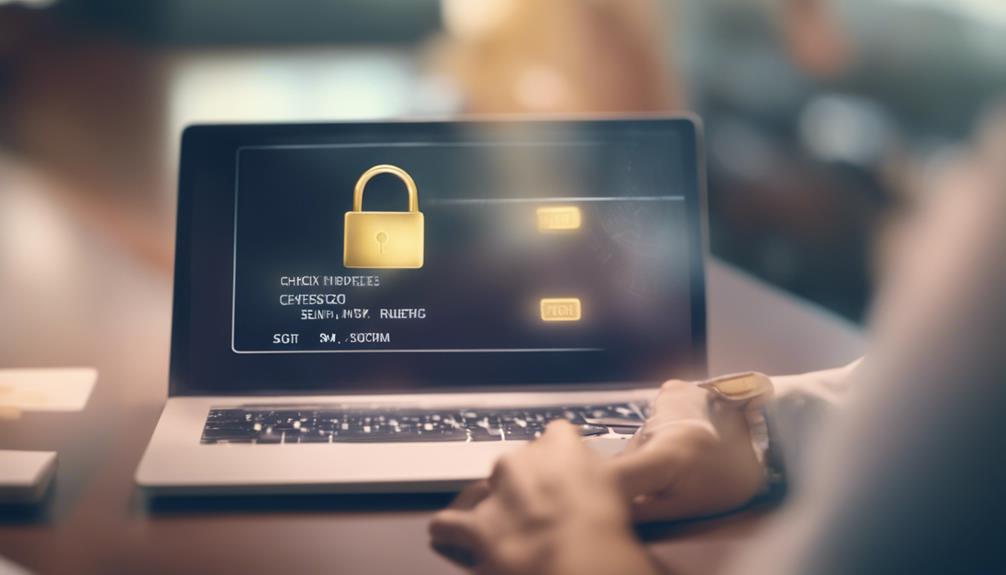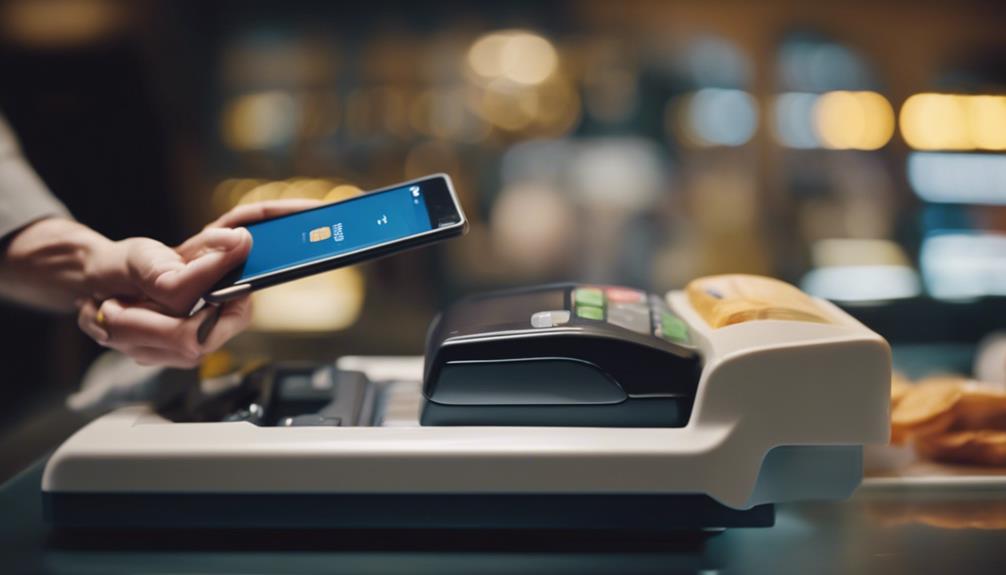To prepare your team and tech stack for a remote PCI audit with a virtual QSA, start by organizing and labeling all relevant documents for easy access. Train staff on secure data sharing and collaboration tools, and verify your cybersecurity measures—such as firewalls, encryption, and MFA—are up to date. Use workflow tools to track progress and identify bottlenecks early. Staying proactive and organized helps ensure a smooth audit—keep going to discover more tips for success.
Key Takeaways
- Train staff on secure data sharing, remote collaboration best practices, and proper document labeling to ensure smooth virtual audits.
- Verify that cybersecurity measures like firewalls, encryption, and multi-factor authentication are current and effective.
- Ensure systems support remote access for auditors without disruption, including VPNs or secure portals.
- Organize digital records with clear, logical naming conventions to facilitate easy retrieval and review by QSAs.
- Conduct internal audits to identify vulnerabilities and prepare your team for compliance requirements before the remote assessment.

Have you considered how remote PCI audits can streamline your compliance process? With virtual assessments becoming more common, it’s essential to understand how to prepare your team and tech stack effectively. One of the biggest advantages of remote audits is the ability to leverage third-party collaboration. By working closely with your Qualified Security Assessor (QSA) and other stakeholders through secure digital channels, you can foster transparency and ensure everyone is on the same page. Establishing clear communication lines upfront helps prevent misunderstandings and speeds up the audit process. It’s also critical to assign responsibilities and set expectations early on, so your team knows what documents and data need to be accessible at each stage.
Managing the audit workflow efficiently is key to a smooth virtual process. Using dedicated audit workflow management tools can greatly reduce the risk of missed deadlines or overlooked items. These platforms allow you to centralize documentation, track progress, and assign tasks in real-time. When your team adopts a structured approach to managing the workflow, it becomes easier to identify bottlenecks and address them proactively. Additionally, integrating these tools with your existing systems ensures seamless data sharing and reduces manual effort, freeing up your team to focus on essential compliance tasks. Incorporating secure data sharing practices further enhances the effectiveness of your remote assessments. Leveraging cloud-based technology can also improve access and collaboration for remote teams. Regularly reviewing your cybersecurity measures ensures ongoing compliance and minimizes risk during remote audits. Staying informed about new appliance safety standards can also help you avoid potential compliance issues related to equipment.
Preparing your team for a remote PCI audit also means training them on best practices for remote collaboration. Make sure everyone understands how to securely share sensitive information, whether through encrypted email, secure cloud storage, or dedicated portals. Encourage your staff to maintain organized records, label documents clearly, and keep digital files structured logically. This preparation minimizes delays and helps auditors find what they need quickly, making the process more efficient.
Your tech stack plays an equally important role. Ensure your cybersecurity measures are robust, with updated firewalls, encryption, and multi-factor authentication in place. Conduct internal audits beforehand to identify and fix vulnerabilities. This not only demonstrates your commitment to security but also reduces last-minute surprises during the actual assessment. Additionally, verify that your systems support remote access, enabling auditors to review data without disrupting daily operations. Vetted best practices for cybersecurity and compliance can help reinforce your defenses and streamline audit readiness.
Finally, fostering a culture of open communication and proactive planning will boost your chances of a successful remote PCI audit. By emphasizing third-party collaboration and streamlining audit workflow management, you create a more agile and resilient compliance process. Preparation, clear communication, and the right technology are your best tools to navigate virtual assessments smoothly, saving time and reducing stress while demonstrating your commitment to PCI standards.
Frequently Asked Questions
How Do Remote Audits Impact Audit Timelines?
Remote audits can speed up audit timelines by enhancing remote collaboration and reducing delays. You can share documents instantly, hold virtual meetings, and address issues in real-time, improving audit efficiency. However, it’s essential to have the right tech tools and clear communication strategies in place. When well-prepared, remote audits often take less time, making the process smoother and more streamlined for your team and the auditor.
What Are the Best Tools for Remote PCI Assessments?
You should prioritize tools that support virtual collaboration and cloud integration for remote PCI assessments. Platforms like secure file sharing services, video conferencing, and remote scanning tools enable seamless communication and data transfer. These tools help your team coordinate efficiently, guarantee compliance, and maintain a clear audit trail. By leveraging cloud-based solutions, you enhance flexibility and security, making your remote PCI assessments more effective and streamlined.
How Can Teams Ensure Data Security During Virtual Audits?
Sure, securing data during virtual audits is simple—just ignore cloud security and hope for the best! In reality, you must implement strong encryption, multi-factor authentication, and regular employee training. These steps guarantee your team understands security protocols, minimizing risks. By proactively safeguarding your data, you turn virtual audits into a secure process, proving that even in the cloud, security isn’t optional but essential.
What Are Common Challenges Faced in Remote PCI Audits?
You might face challenges like maintaining clear remote communication, which can lead to misunderstandings or missed details. Ensuring exhaustive audit documentation becomes harder without in-person interaction, increasing the risk of incomplete records. Technical issues can disrupt workflows, and coordinating schedules across different locations adds complexity. To overcome these, establish reliable communication channels, organize comprehensive documentation practices, and test your tech setup beforehand to keep the audit process smooth and secure.
How Does Remote Auditing Affect Compliance Reporting Accuracy?
Imagine you’re stepping into a virtual world like a digital cowboy. Remote auditing can impact your compliance reporting accuracy by introducing communication challenges that may lead to misunderstandings or overlooked details. These hurdles can compromise your assessment accuracy, making it harder to guarantee all security controls are properly documented. To succeed, you need clear communication channels and diligent record-keeping, so your team maintains the integrity of your compliance process in a remote setting.
Conclusion
Preparing your team and tech stack for remote PCI audits guarantees a smoother process and better compliance. Did you know that 80% of auditors report increased efficiency with virtual assessments? By embracing remote audits, you can save time, reduce disruptions, and stay ahead of security standards. Get your team ready, optimize your technology, and approach each audit with confidence—your business’s security depends on it. Adapt now and turn challenges into opportunities for growth.










